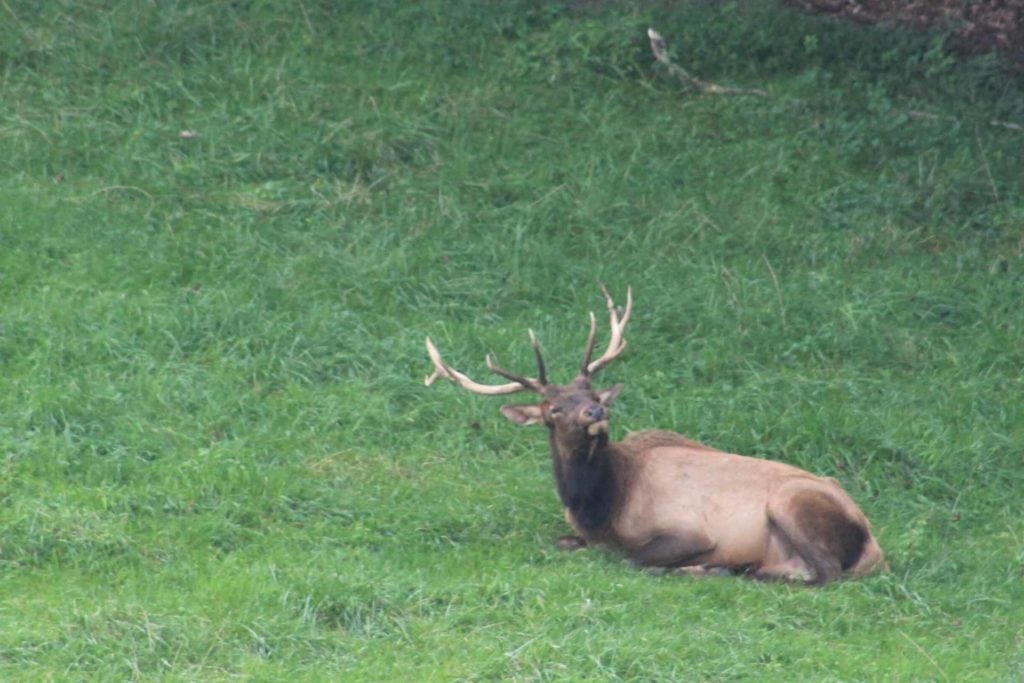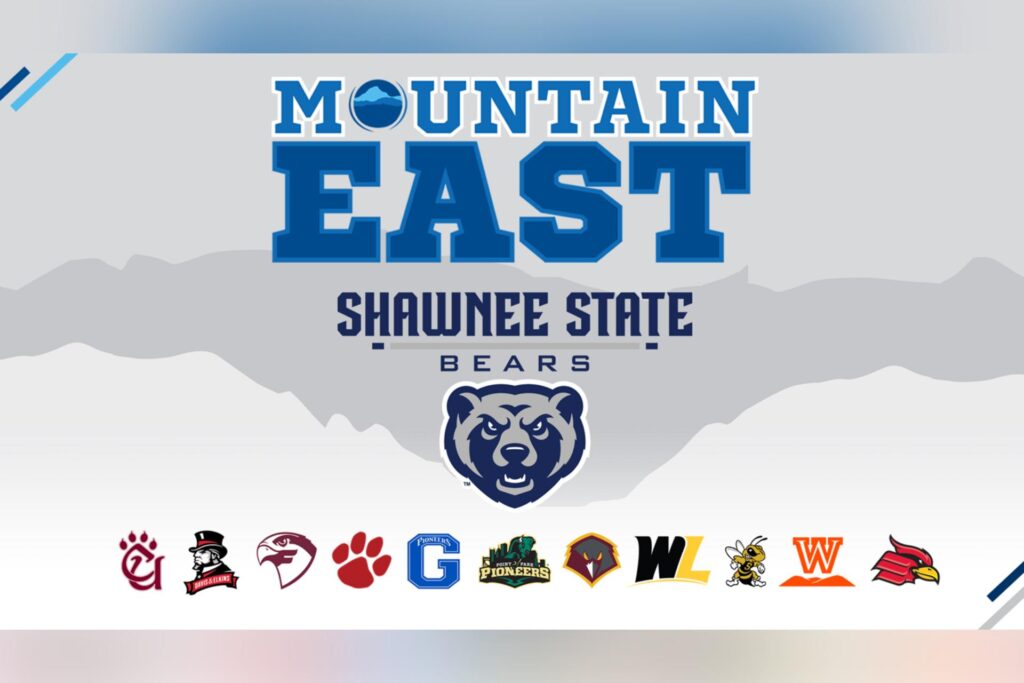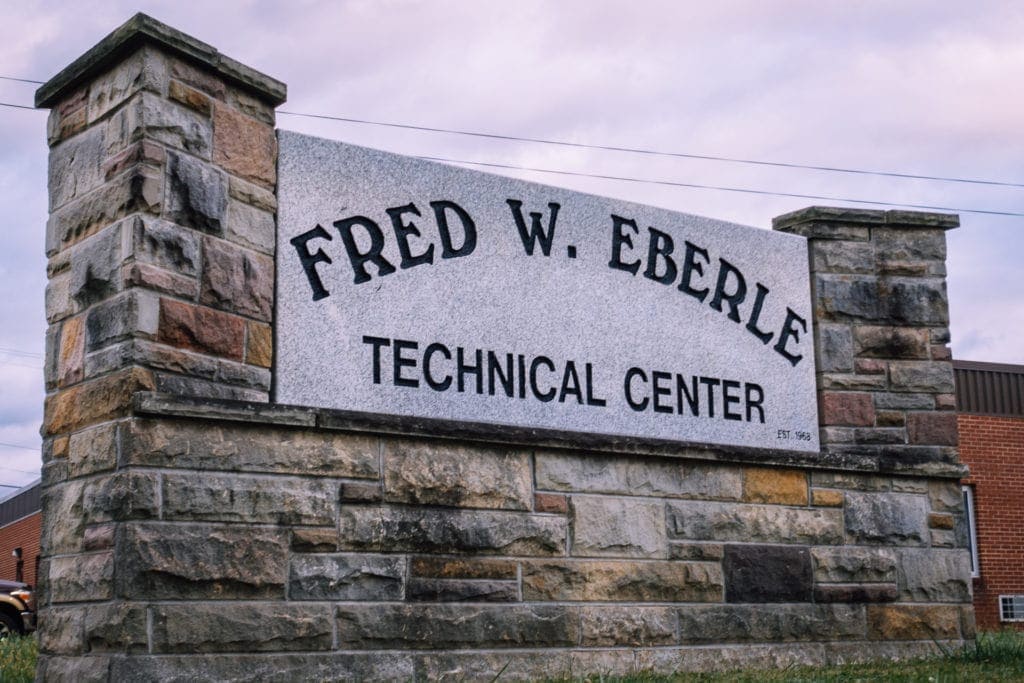BUCKHANNON – Elk, one of West Virginia’s largest native animals, is being reintroduced into the Mountain State by the Department of Natural Resources.
The West Virginia State Wildlife Center houses 12 elk, one of the largest of the deer species.
“We got elk a long time ago when they first started making this more into a zoo-type area and less of a game farm,” West Virginia State Wildlife Center biologist Trevor Moore said. “Ever since then, we’ve just tried to maintain a breeding population, and we’ll occasionally bring in a couple if we need them to stabilize the population.”
Elk used to fully inhabit West Virginia, as well as many other states.

“They’ve always been there; their range has been all over North America, basically going from Texas all the way up into up into Alaska almost,” Moore said. “There were very few places where they weren’t found. They aren’t in the high mountains and the really cool places in Alaska, and there’s not a whole lot in the very low desert, so southern Arizona, New Mexico, North Mexico – there’s not a whole lot there, but basically everywhere else.”
In West Virginia, the elk went extinct in the late 1800s or early 1900s.
“There were a lot of extinctions for a lot of other animals in West Virginia, such as cougars, elk, bison — all these animals went extinct near the same time – within a 60-to-70-year gap that was mostly due to overhunting and loss of habitat,” Moore said. “Humans don’t jive very well with these animals that are big and need lots of space.”
Moore said the size of the elk made them prime targets for hunters looking to feed a lot of people.
“Elk are massive, the second largest deer species besides moose, so male elk get up to 720, 740 pounds, so that’s a lot of food, and the females can reach about 500 pounds,” Moore said. “The females alone are two or three white-tailed deer by themselves, so it’s a lot of food until they were very, very easily overhunted.”
Elk enjoy the company of other elk and form large herds.
“One male can have a herd of 20 to 30 females and that’s really big,” Moore said. “Sometimes we go and break those herds up so younger males can have a chance to reproduce. In rutting season, that’s when they start to breed, and the bulls will start to fight over the cows.”
During this time, male elk shed the velvet-like part of their antlers, so they can harden and prepare to fight other male elk.
“The rutting season starts in late August and goes into late October and with a lot of other deer, like white-tailed deer, elk put on a lot more muscle in their neck and an upper body because they’re going to be fighting with these antlers,” Moore said. “They’re going be using their head and neck and throwing things around; it’s a competition for females.”
They prefer a forest or forest-edge habitat, making it easier to escape predators.
“They always want to be able to get away from predators like wolves and cougars and hide their calves away from bears and things like that, anything that would target their calves, especially when they’re really young,” Moore said. “There is an elk restoration project going on in the southern part of the state right now. The DNR has been going and has been doing that since 2015.”
The Tomblin Wildlife Management area is home to the elk restoration project, located in Logan and Mingo counties. The project kicked off with 24 elk through partnerships with the Land Between the Lakes National Recreation Area in western Kentucky and the Arizona Game and Fish Department, but it has grown to include about 100 elk.
“They could be being reintroduced as a game species with the larger economic goal of bringing more hunting opportunities to West Virginia because that is such a big part of our economy,” Moore said. “More animals and more diverse ecosystems are healthier ecosystems, so when we get rid of animals from the ecosystems, the goal in my personal opinion is to try and bring those animals back.”
Viewing tours and more information about the elk restoration project can be found here on the WV DNR website.














